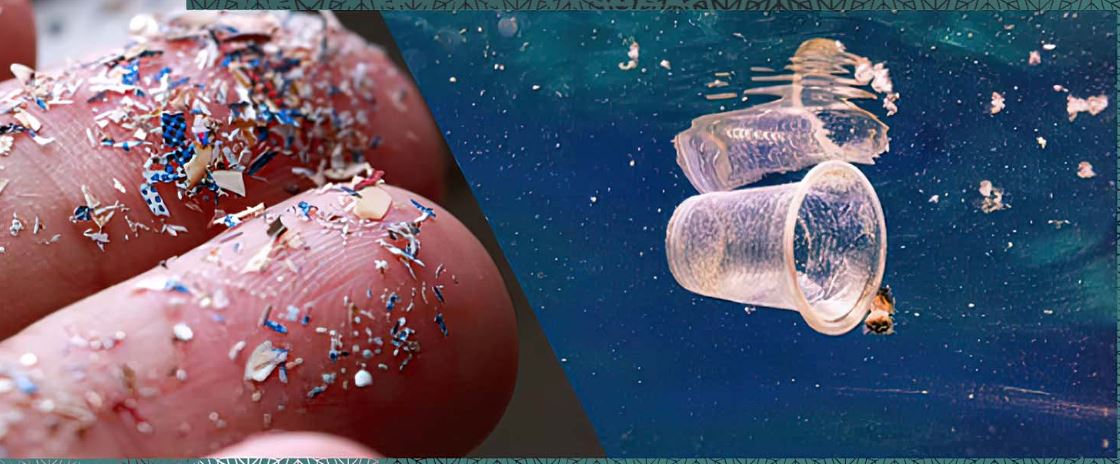|
Published in Everyday Health March 19, 2024 Written by Lisa Rapaport Microplastics, the tiny particles resulting from the breakdown of plastic products, are increasingly becoming a concern due to their omnipresence in our environment. Recent research has highlighted the presence of microplastics in human arteries, raising alarms about their potential health impacts. While the direct link between microplastics and specific health issues remains under investigation, scientists are concerned about trends in disease prevalence that could be associated with these particles. Diseases such as Alzheimer's, colorectal cancer in younger individuals, inflammatory bowel disease, and a global decrease in sperm count are among the conditions that have been observed alongside rising microplastic concentrations.
A significant study published in The New England Journal of Medicine found that microplastics and nanoplastics in arteries are associated with a substantially increased risk of heart attacks, strokes, and premature death. This study, while not conclusively proving that microplastics cause heart problems, underscores the urgency of further research into their health effects. Microplastics originate from a variety of sources, including food and drink containers, personal care products, textiles, and more. Their small size allows them to be easily ingested or inhaled, leading to accumulation in the body over time. One of the primary health concerns regarding microplastics is their potential role as endocrine disruptors, interfering with the body's hormone system. Dr. Luz Claudio, a professor of Environmental Medicine and Public Health at Mount Sinai in New York City, emphasizes the complexity of studying microplastics due to their varied chemical composition and varied potential health effects. She highlights the importance of continued research, stating, "No one really knows the answer to this, but this lack of conclusive knowledge does not mean that the effects are not important." While it may be challenging to completely avoid microplastics, steps can be taken to reduce exposure, such as opting for glass bottles over plastic and choosing natural materials over synthetic ones. However, once microplastics are absorbed into the body, there is currently no known method to remove them. This growing body of evidence on the presence and potential harms of microplastics in our bodies calls for urgent research to fully understand their health implications and to develop strategies for minimizing exposure and mitigating risks.
0 Comments
Leave a Reply. |
This section will not be visible in live published website. Below are your current settings: Current Number Of Columns are = 1 Expand Posts Area = 1 Gap/Space Between Posts = 10px Blog Post Style = simple Use of custom card colors instead of default colors = 1 Blog Post Card Background Color = current color Blog Post Card Shadow Color = current color Blog Post Card Border Color = current color Publish the website and visit your blog page to see the results Categories
All
Archives
April 2024
|
|
Dr. Luz Claudio
[email protected] |
|


 RSS Feed
RSS Feed